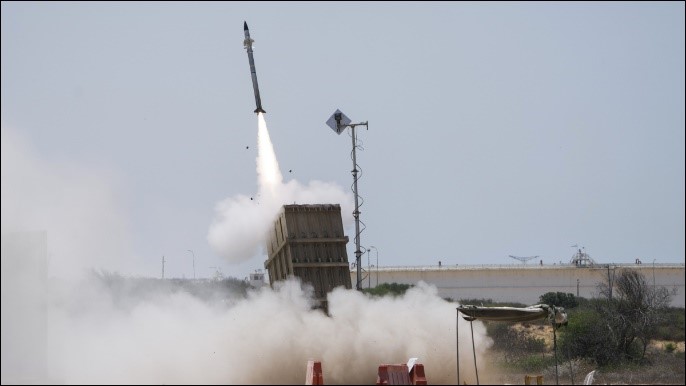Free Courses Sale ends Soon, Get It Now


Free Courses Sale ends Soon, Get It Now



Disclaimer: Copyright infringement not intended.
Context
Project Kusha
About
Capability
Approach
Recent Acquisitions
Interceptor Missiles of Project Kusha
Remarkable Features of Project Kusha
Why does India need Project Kusha?
Conclusion
|
PRACTICE QUESTION Q. Project Kusha represents India’s resolute commitment to advancing its air defence capabilities. Elucidate. |
© 2024 iasgyan. All right reserved